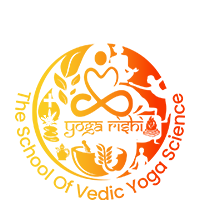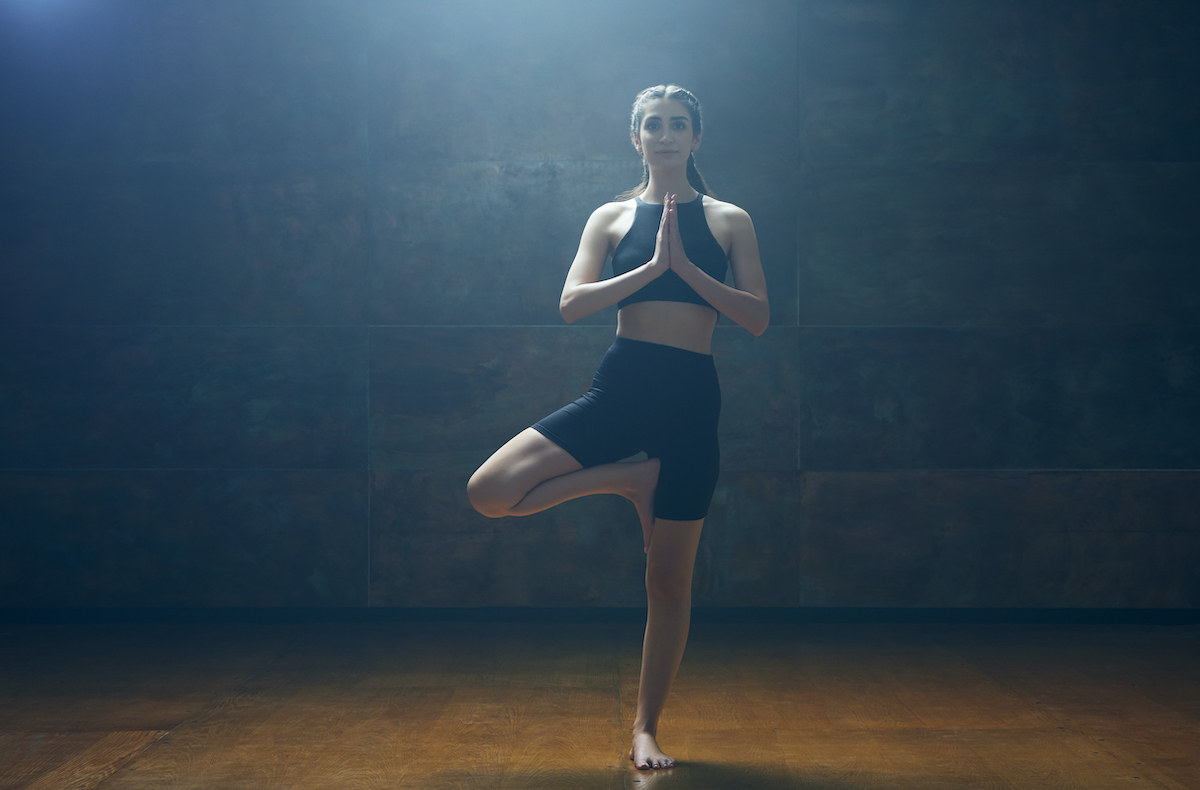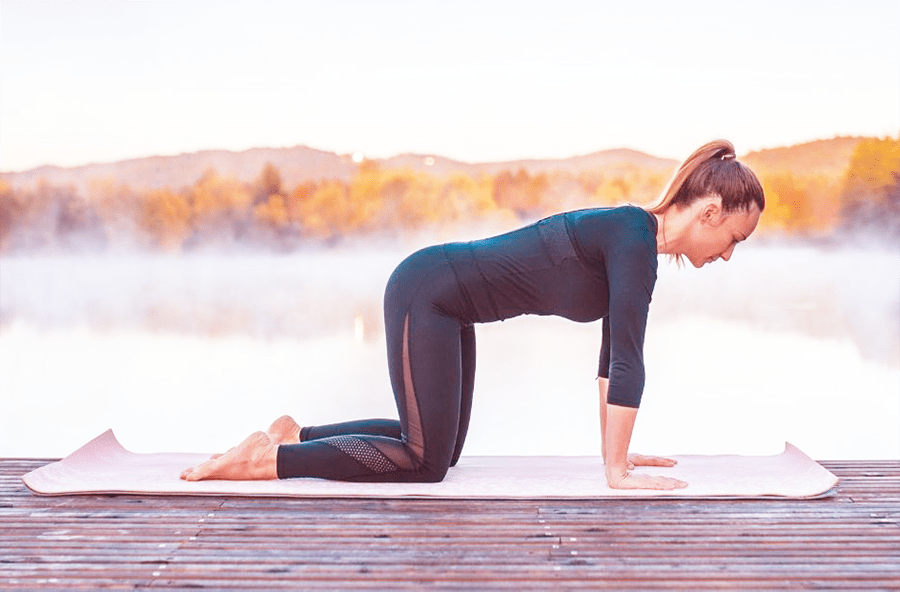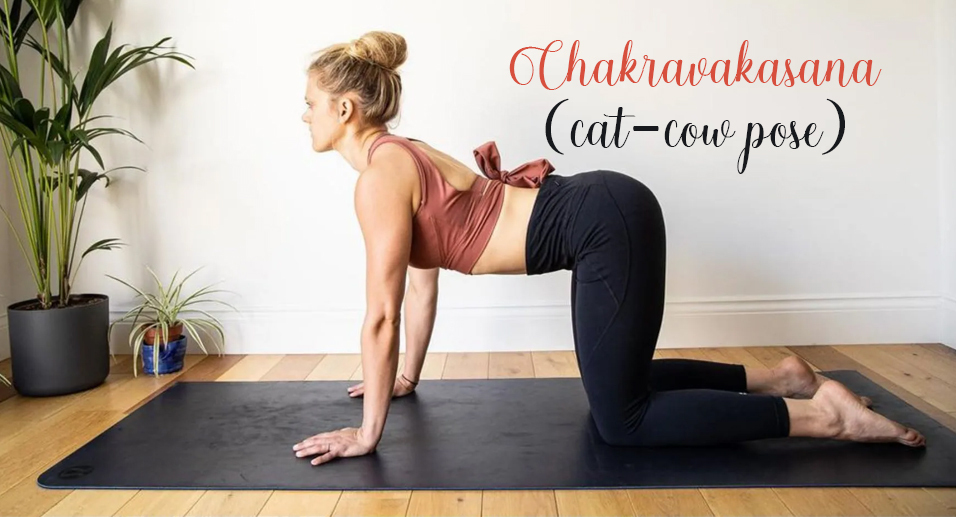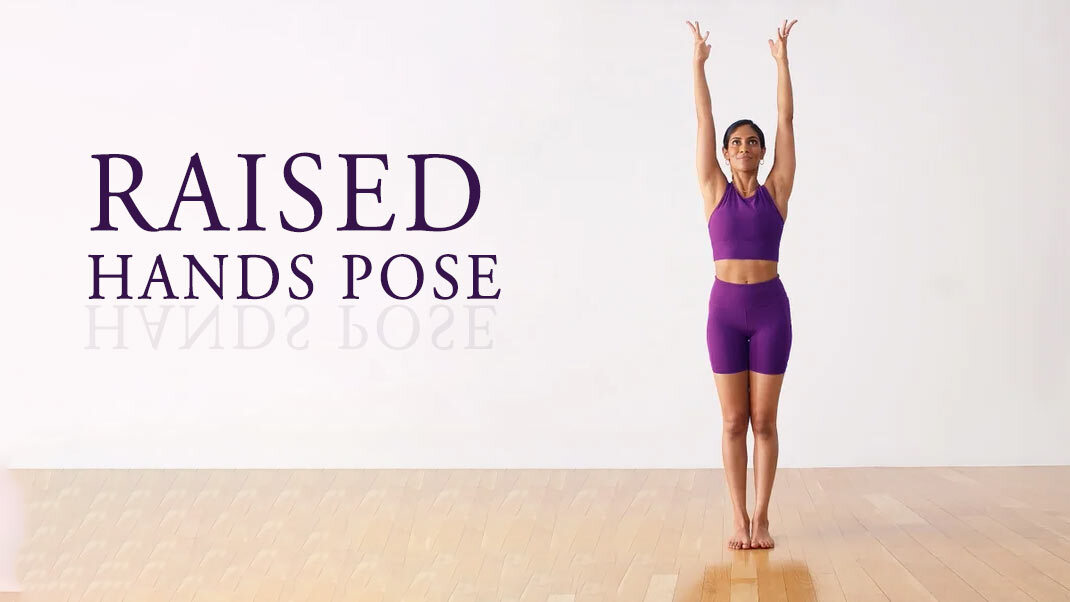
The Benefits of Urdhva Hastasana and How to Practice it to Unlock Energy
The age-old practise of yoga is essential for supplying the body with energy to meet the needs of daily life. It harmonises the body and mind and fosters a sense of balance and energy via coordinated breathing, mindful movement, and concentrated meditation. The many positions, or asanas, improve strength and flexibility while also energising the respiratory and circulatory systems. It energises every cell and improves the flow of oxygen.
In addition, this practise promotes stress reduction and conscious awareness, both of which help ease the physical and mental exhaustion brought on by the difficulties faced by modern living. It provides a healthy, all-natural method of preserving energy and improving general wellbeing.
Today, we are going to have a look at one such asana, called Urdhva Hastasana.
About Urdhva Hastasana, the Raised Hands Pose:
The Raised Hands Pose, or Urdhva Hastasana, is a basic pose that depicts a beautiful body extension. Practitioners hold this pose while standing tall and putting their hands jointly in the namaste position. This is a terrific way to stretch every part of the body.
This stance is a foundational pose for many standing poses and is frequently used into sun salutations. In addition to its health advantages, this position represents spirituality since lifting the hands represents an association between the divine and the earthly realms. This position is an important part of a complete yoga practise if it is practised regularly.
Steps to Do the Urdhva Hastasana
Urdhva Hastasana benefits in energising the body and is easy to do. Here are some simple actions to take:
- Start by putting your feet alongside and standing upright. Make sure each of your feet are bearing the same amount of weight.
- Begin in Mountain Pose, with your body aligned and your arms hanging by the sides of your body.
- Raise your arms gently as you take a breath. Hold your palms together over your head or maintain their placement facing each other.
- To activate your core, slightly contract your abdominal muscles. This aids in preserving balance.
- Looking up at your hands, tilt your head slightly if it is comfortable to do so. This gives the posture a little backbend. However, this is entirely optional.
- Take a few deep breaths while maintaining this posture. Notice how your spine is extending and how your sides are stretched.
- Gently return your arms to your sides as you release the breath.
- Urdhva Hastasana can be repeated several times.
Amazing Benefits of This Simple Pose:
Some noteworthy Urdhva Hastasana benefits make it a worthwhile position to practise:
- Your entire body will stretch out in this posture, which will make you feel less stiff yet more flexible.
- Your posture will become more comfortable and better when you perform this asana regularly.
- It mitigates the negative consequences of bending over and prolonged sitting.
- This position does more for you than merely stretch; it strengthens and increases the flexibility of your muscles, particularly those in your arms and shoulders.
- Promotes improved blood circulation throughout the body.
- Reaching up with your hands might help you feel more alert, rejuvenated and prepared for the day.
- Despite being an energetic position, it may also help you feel calmer and relax your thoughts.
- Raised Hands Pose benefits as a stress management technique since it calms the central nervous system.
- It promotes deep breathing, which can ease tension and is beneficial for your lungs.
- Its simplicity and lack of complicated movements make it one of the popular poses. Anyone has the ability to give it a try.
Tips to Perform the Raised Hands Pose:
To reap the full Raised Hands Pose benefits, try these suggestions for frequent practise:
- To prevent damage, warm up your body before performing the exercise.
- Take regular, deep breaths while holding the stance.
- Concentrate on extending your spine and bringing your shoulders outward towards your ears.
- Take a few deep breaths and hold your position.
- Release the posture gradually and softly.
Who should Avoid it?
Even though Raised Hands Pose is a mild and approachable position, certain people may need to proceed with caution or not at all:
- If you have had a persistent or recent shoulder injury.
- Those whose hypertension is out of control.
- People with significant back difficulties, such as herniated discs or prolonged discomfort.
- Women who are expecting, particularly those who are in their second or third trimester.
- If you have trouble balancing or feel dizzy.
- Those who have wrist injuries or disorders like carpal tunnel syndrome.
- Those who have recently had neck injuries or problems.
Conclusion:
By including Raised Hands Pose in your daily yoga practise, you may enhance your physical health, energy, and sense of harmony. This is a pose that anybody can enjoy regardless of experience level in asanas. It is a mild yet effective poste that can enhance your mental and physical health.

